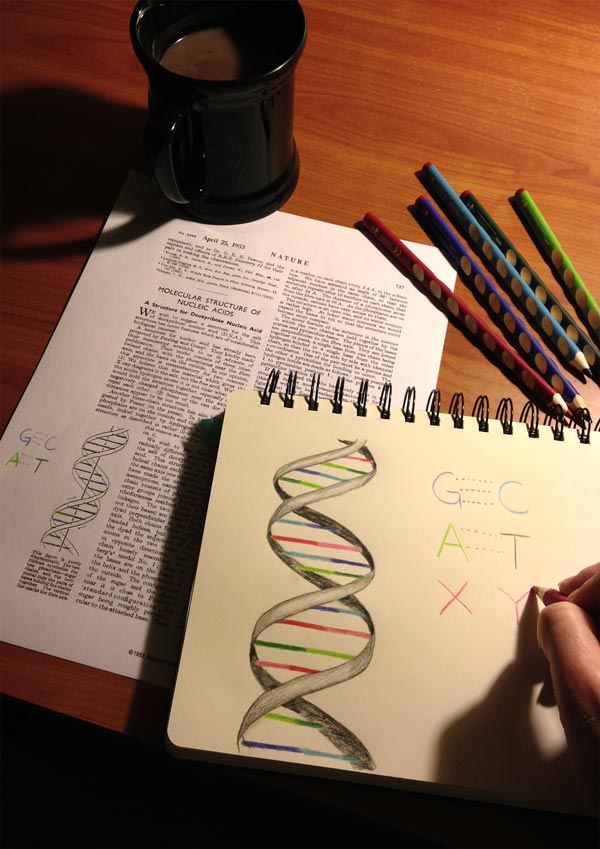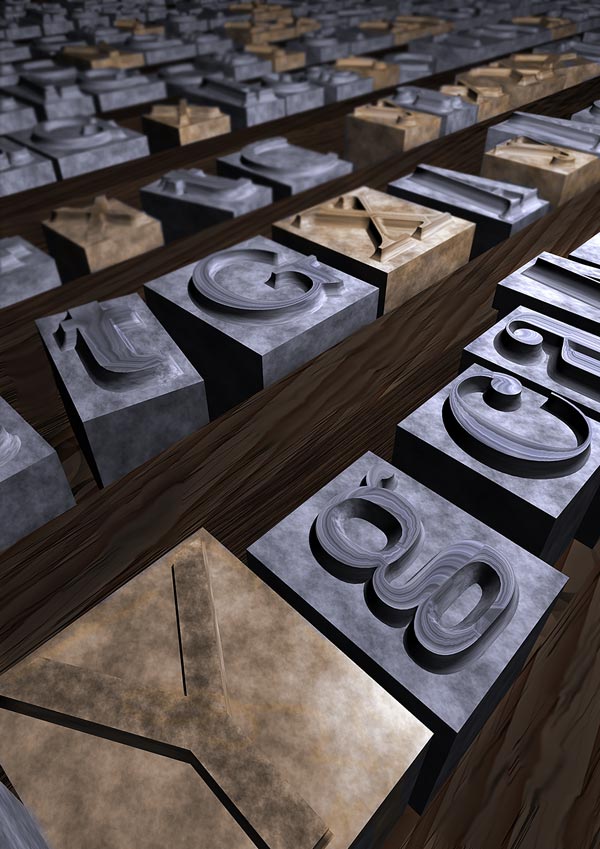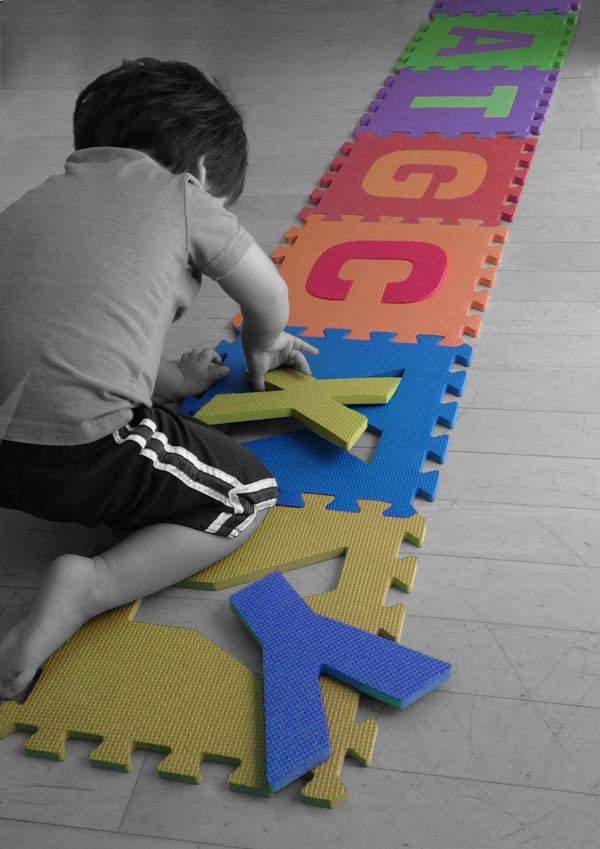This year for the office holiday party I invited my closest and most trusted business associate, my fiercest critic and most ardent supporter, the hubs. We went to a tiny Japanese restaurant and ate tiny food and drank rice beer and sweet stout. I wish I could say that the porcelain characters accompanying us were our secret Santa gifts (the sombrero-clad owl holding up a waving frog would look amazing on my desk) but they were just part of the decor. I also wish I could say that we took full advantage of having a babysitter but by 10pm we were so. very. tired. In somewhat related news I've decided that for the time being, The Short Answer will be coming out every other month, which it sort of already has been lately, but now I won't feel badly about it. Someday when the childcare:workload ratio is a little more amenable to side projects I hope to return to monthly installments.
Happy Holidays!!!






















